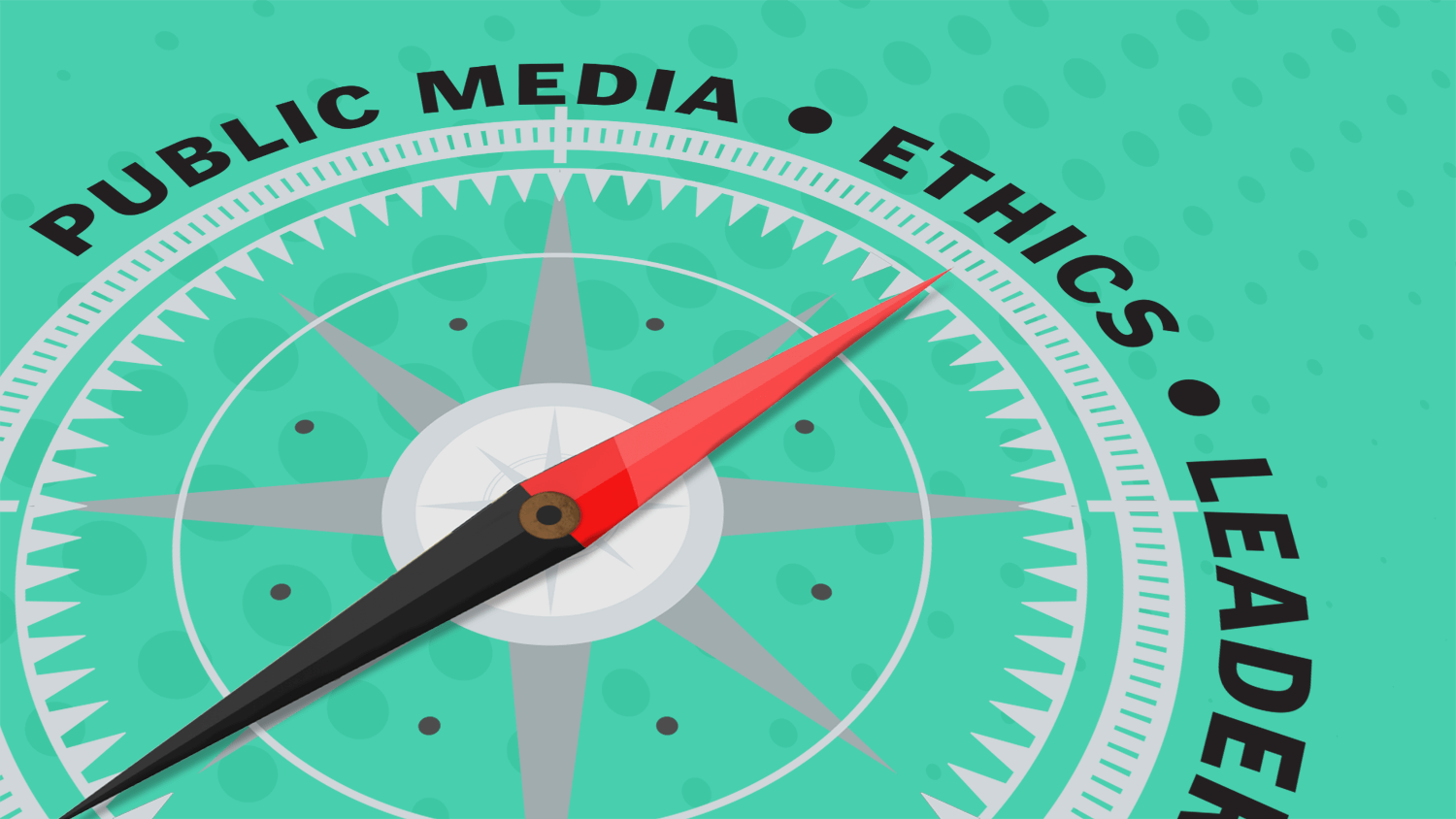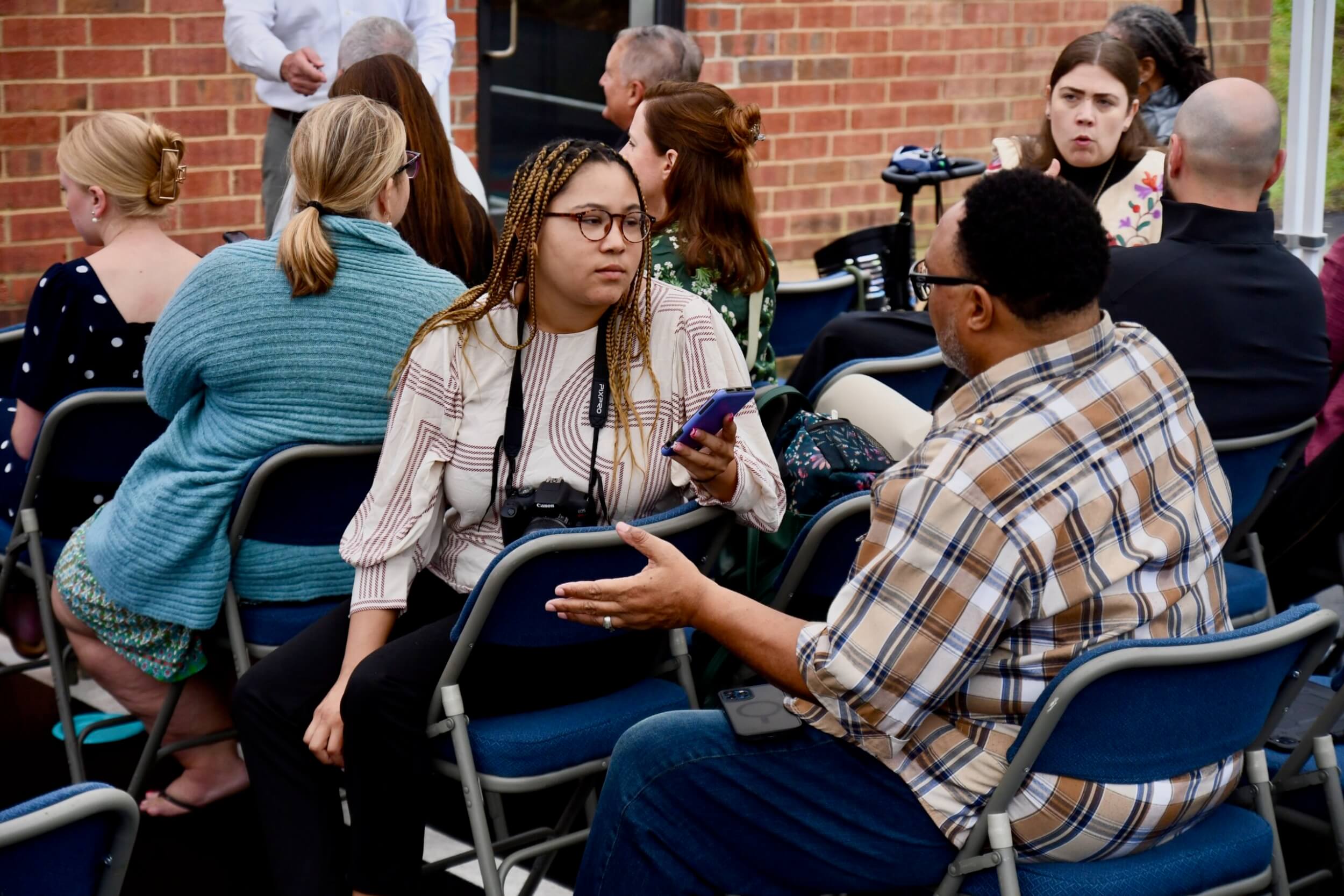Headlines get us into stories, or help us decide to bypass a certain story in search of another. Because they are large and prominent — at least three times the size of the text in which most stories are set — they command attention. With more readers now practicing the art of scanning as they move through their daily newspaper, the role of headlines also has tripled in importance.
For headlines to work more effectively — for the scanning process to be accelerated and the storytelling enhanced — it is best to add “decks” or “extra thoughts” to them.
The single headline is becoming a thing of the past. Instead, multi-deck headlines result in more reader friendly newspapers. Historically, headlines rarely appeared as single units. The New York Times, and especially the Wall Street Journal, have always used multi-deck headlining. There is an art to doing this properly.
• Multi-deck headlines must flesh out the story they accompany, while adding new information with each deck. The first line gets into the story; subsequent decks detail further aspects of the story. In a perfect world, multi-deck headlines are written in such a way that the scanner, who does not wish to read the text of the story, still can feel like he knows the “essence” of its content.
• Multi-deck headlines must offer typographic contrast: if the main headline is bold, then the decks should be lighter in weight; a Roman main headline may be accompanied by decks set in Italics. Lately, many newspapers have opted to colorize decks (Expressen of Stockholm, for example).
• Multi-deck headlines must offer size contrast: if the main headline is set in 36 points, the first deck might be in 18 points, and the second in 14. For examples of this size hierarchy, examine the front page of The Wall Street Journal Europe.
• Multi deck headlines sometimes can serve to highlight an exclusive story or an important author. The British newspapers do this well, using decks to go beyond storytelling and more into unusual aspects of the story, such as a prominent author. See the Financial Times (Weekend Edition), as well as The Guardian and The Times of London.
Of course, not all headlines need to be multi-decks. Ideally, multi-deck headlines appear at the top of the page, and normally the lead story on inside pages should have them. For stories below the fold and for briefs, the reader is better served with single headlines.





